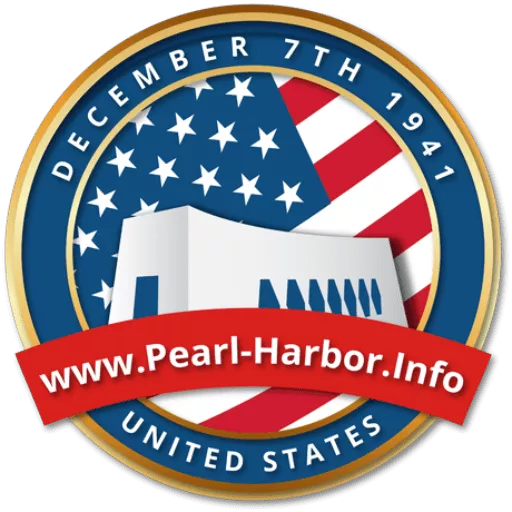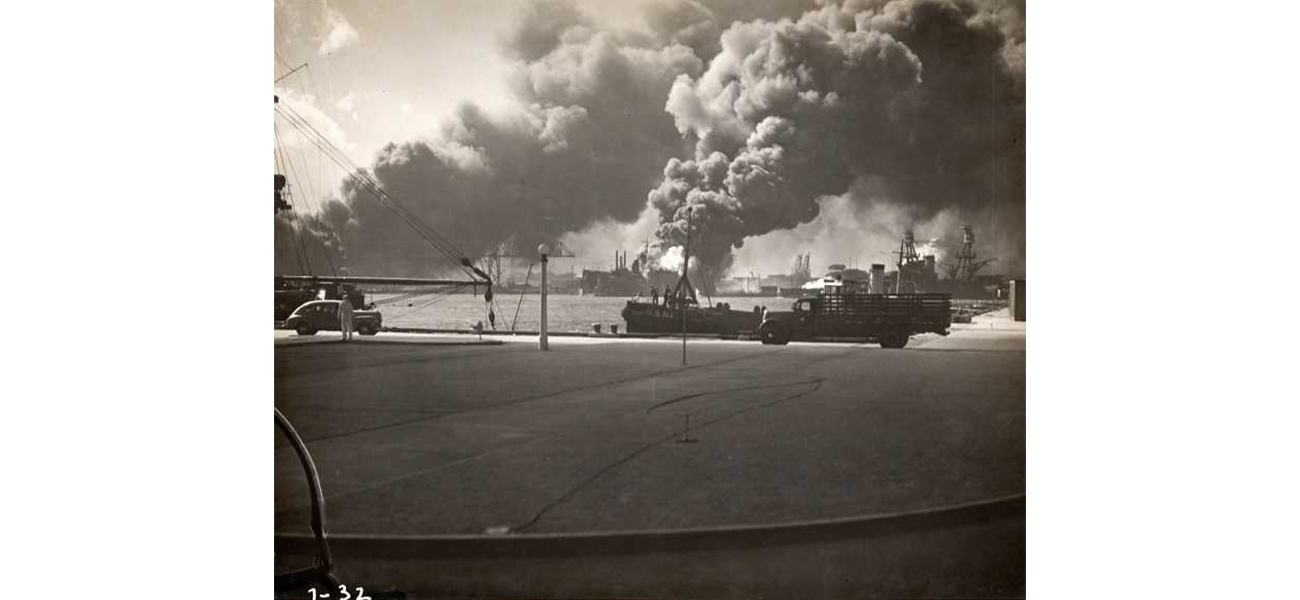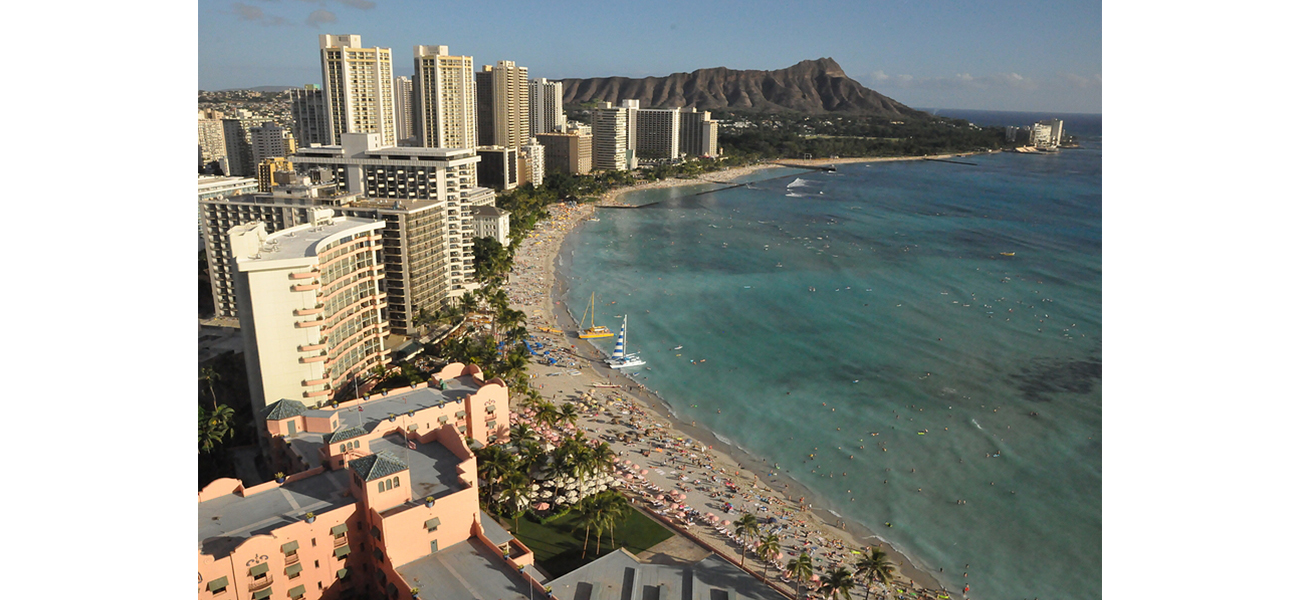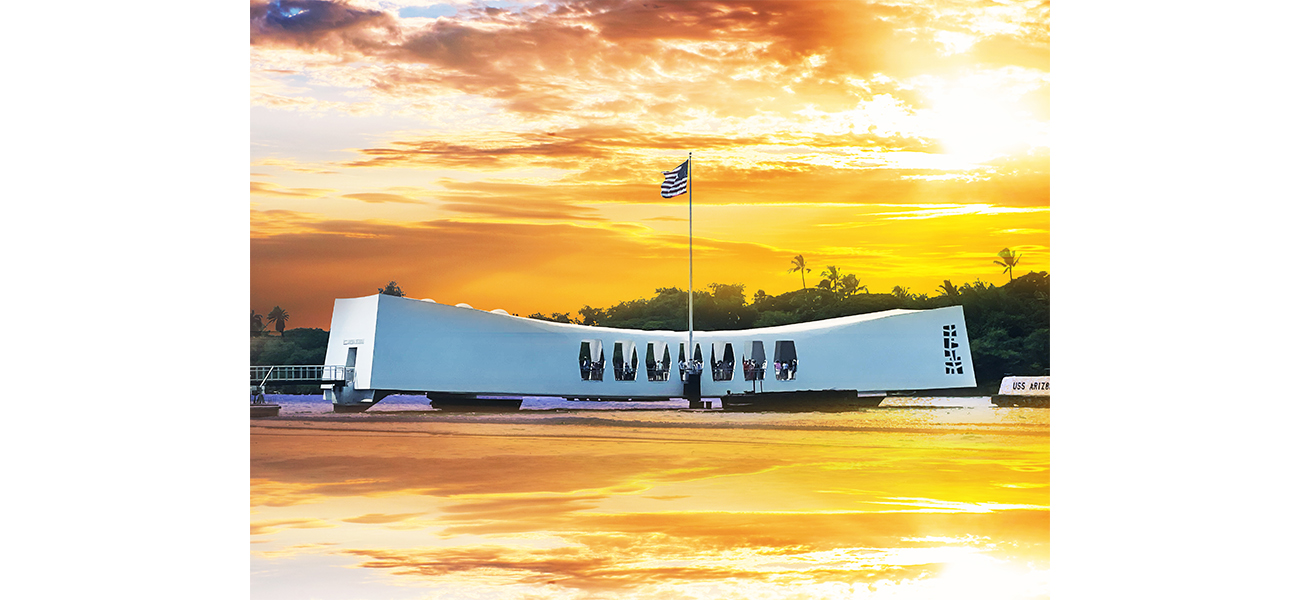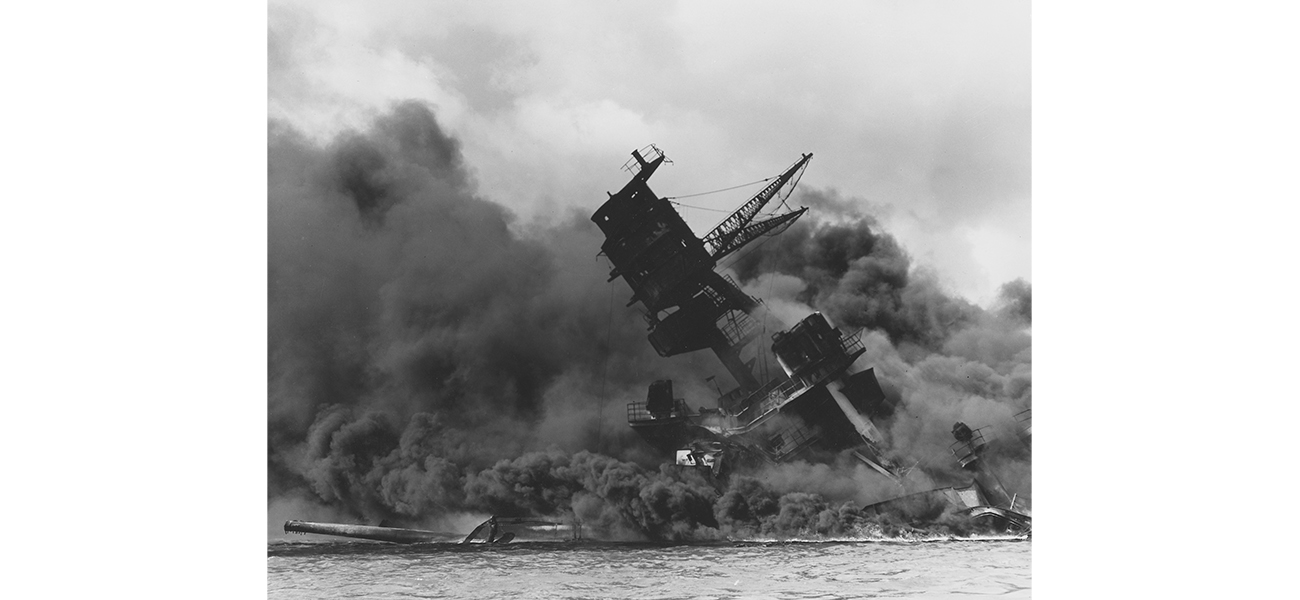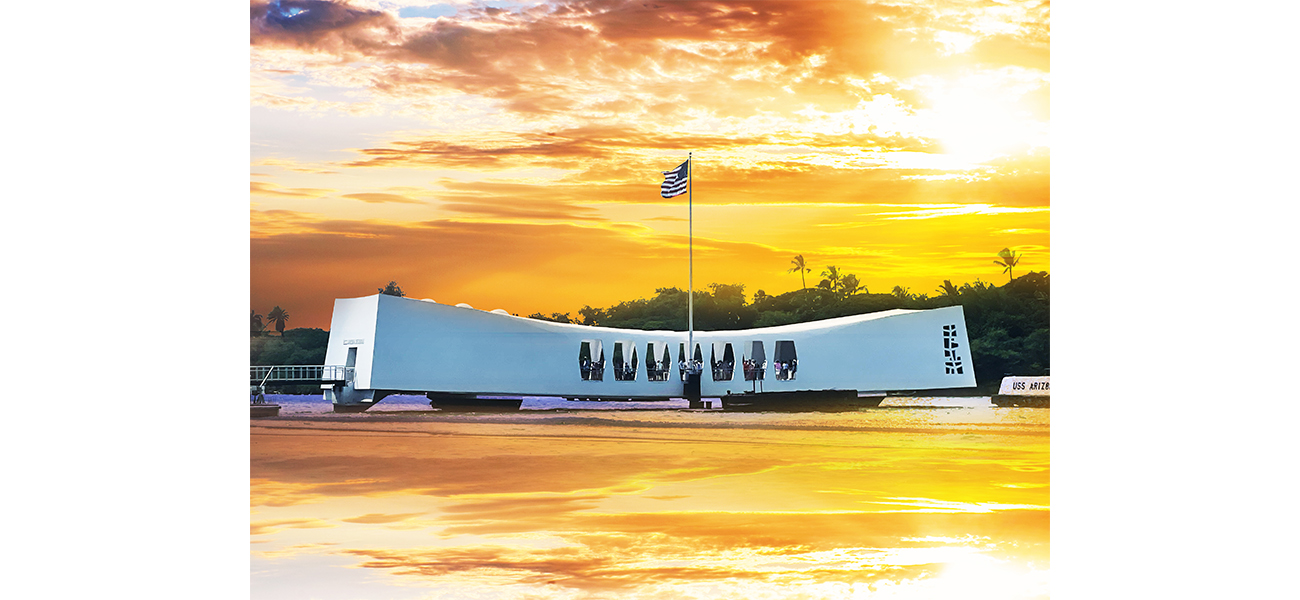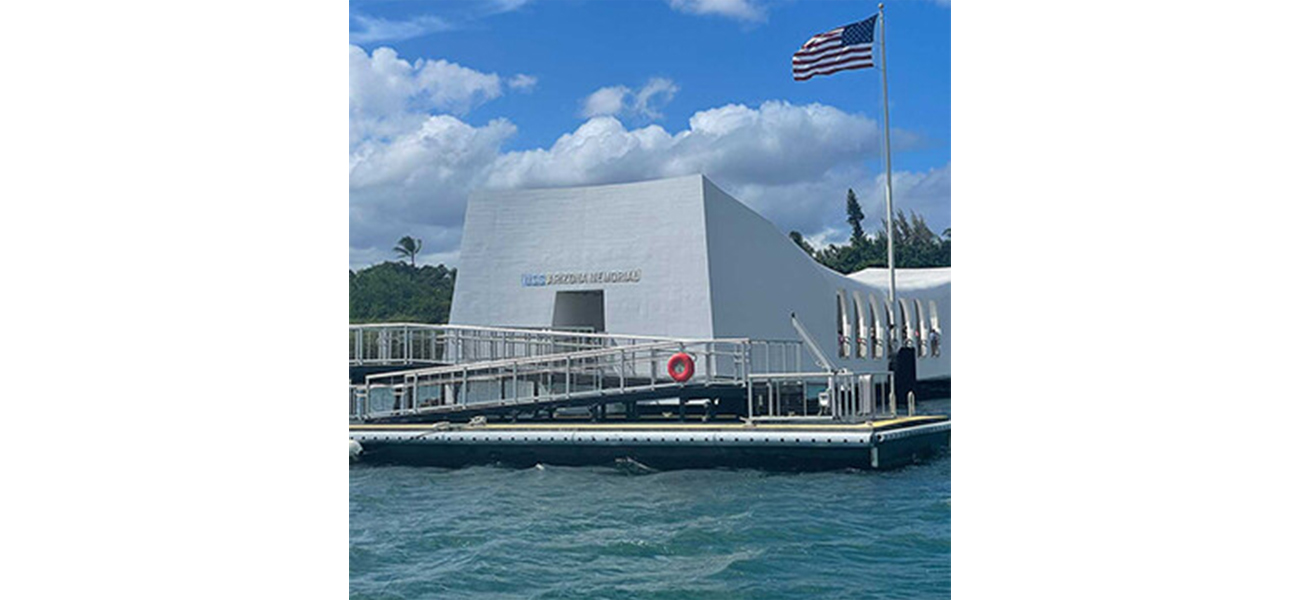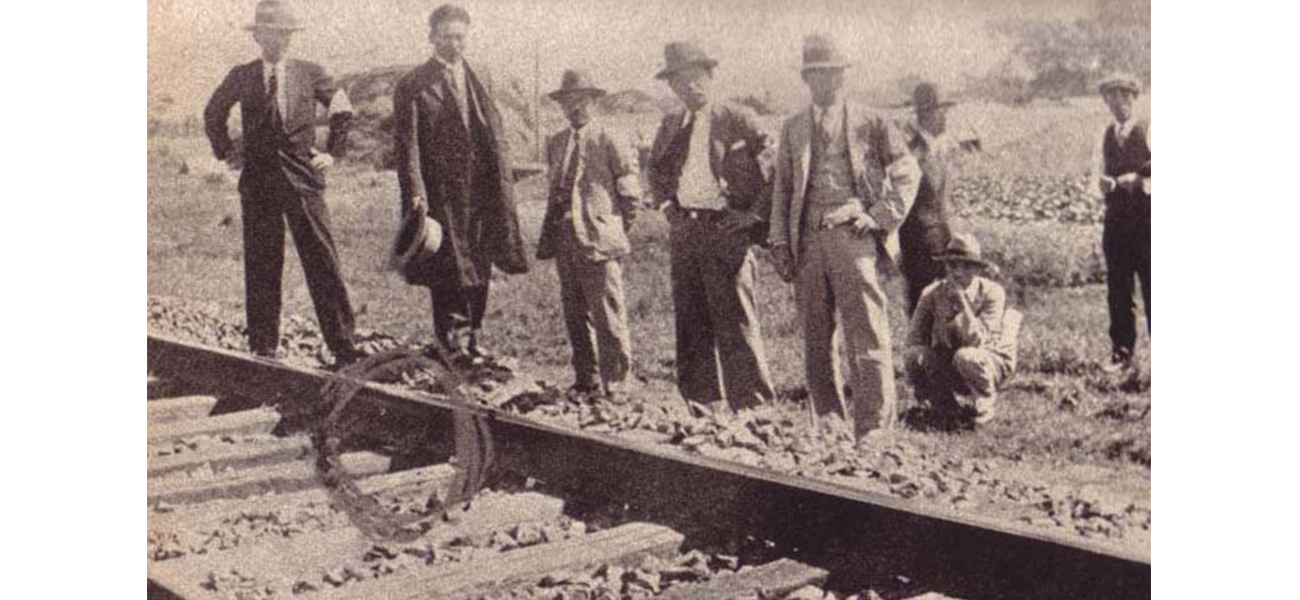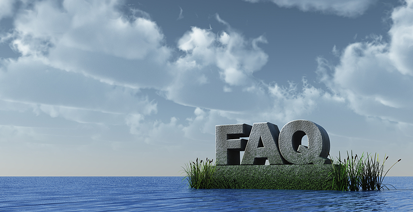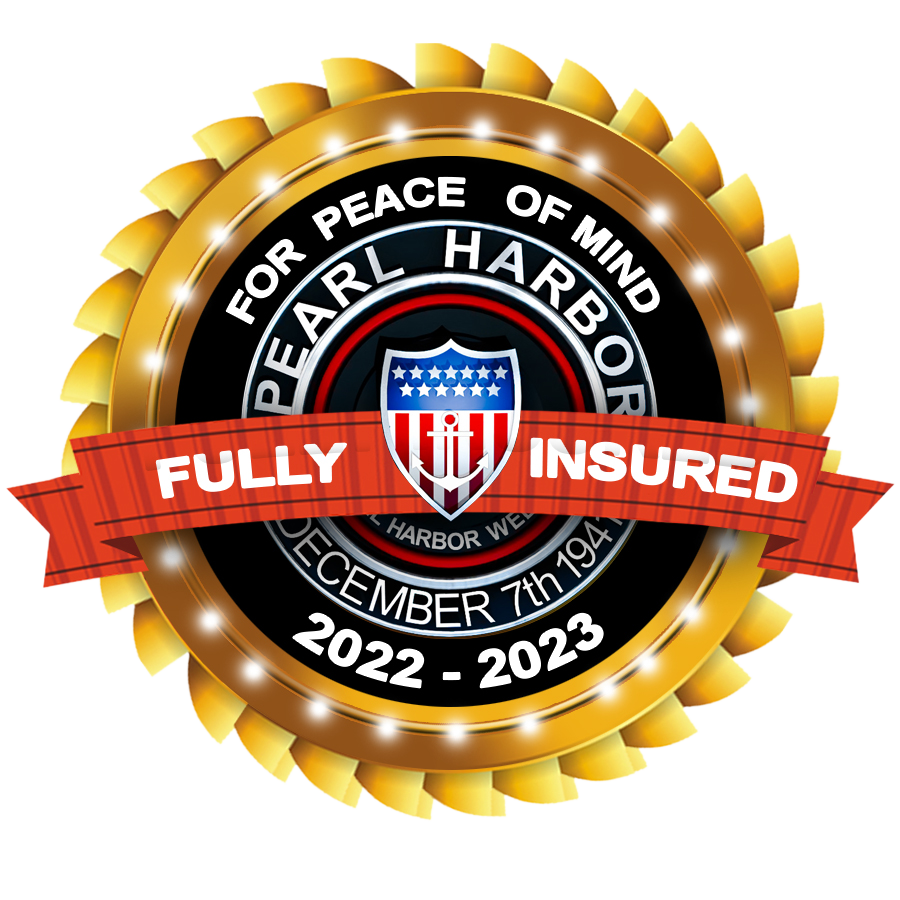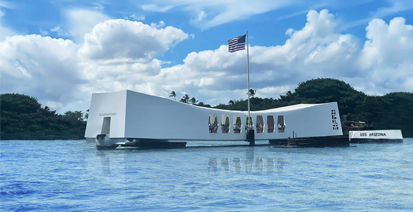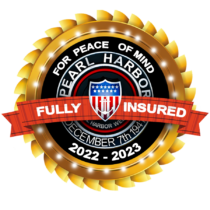The Heroic Nurses of Pearl Harbor
Before the attack, nurses at Pearl Harbor had a routine that included tending to the sick and injured, conducting routine check-ups, and managing the overall health and well-being of the base’s personnel. Their lives, though demanding, followed a predictable pattern, with a sense of camaraderie and community prevailing. This routine was about to be upended most unimaginably.
Contribution of Nurses During the Attack on Pearl Harbor
As the first explosions rocked the harbor, the nurses were among the first to spring into action. They faced immediate challenges: hospitals were quickly overwhelmed, medical supplies were scarce, and the chaos made it difficult to establish order. Yet, these nurses, driven by a profound sense of duty, began organizing the injured, providing first aid, and offering reassurances to those in shock.
With the primary medical facilities overwhelmed, makeshift hospitals were set up in any available space—mess halls, classrooms, and even open fields. The conditions were far from ideal: there was a dire shortage of supplies, the threat of further attacks loomed, and the sheer number of casualties was staggering. Yet, these nurses persevered, creating order from chaos and ensuring that each wounded individual received care.
Throughout the attack, nurses performed a range of critical duties. They administered emergency medical care, triaged patients, and provided emotional support to the terrified and injured. The constant threat of danger added an extra layer of difficulty, yet they continued their work with unwavering resolve.
The nurses’ efforts were not in isolation. They worked closely with doctors, corpsmen, and other medical personnel, forming a cohesive unit that was essential for managing the crisis. This collaboration was a testament to the importance of teamwork and mutual support in times of disaster.
Stories of Bravery and Sacrifice
Personal accounts from the nurses at Pearl Harbor are filled with tales of bravery and sacrifice. Many worked tirelessly for hours on end, refusing to rest despite their exhaustion. Their stories are a poignant reminder of the human capacity for compassion and courage in the face of overwhelming adversity.
Annie G. Fox
Annie G. Fox, the head nurse at the Hickam Field Hospital, was one of the notable figures during the attack. She exemplified calm and leadership, directing the medical efforts amidst the chaos. For her bravery, she was awarded the Purple Heart and later the Bronze Star, marking her as a beacon of resilience and courage.
Chief Nurse Laura M. Cobb
Chief Nurse Laura M. Cobb at the Naval Hospital demonstrated extraordinary composure and resourcefulness. Despite the overwhelming number of casualties, she managed to coordinate care effectively, ensuring that the wounded received timely treatment. Her efforts were pivotal in saving countless lives.
Other Heroic Figures
Many other nurses, whose names might not be as widely recognized, also displayed heroic actions. Their collective efforts were instrumental in managing the crisis, often at great personal risk and sacrifice.
The experiences of the Pearl Harbor nurses underscore the importance of readiness and training. Their ability to perform under pressure has influenced modern military medical practices, emphasizing the need for preparedness in the face of unexpected challenges.
The nurses of Pearl Harbor exemplified heroism, resilience, and compassion in one of history’s darkest hours. Their unwavering dedication saved countless lives and left an indelible mark on military history. As we remember their contributions, we honor not just their service, but their enduring legacy that continues to inspire and guide future generations.
